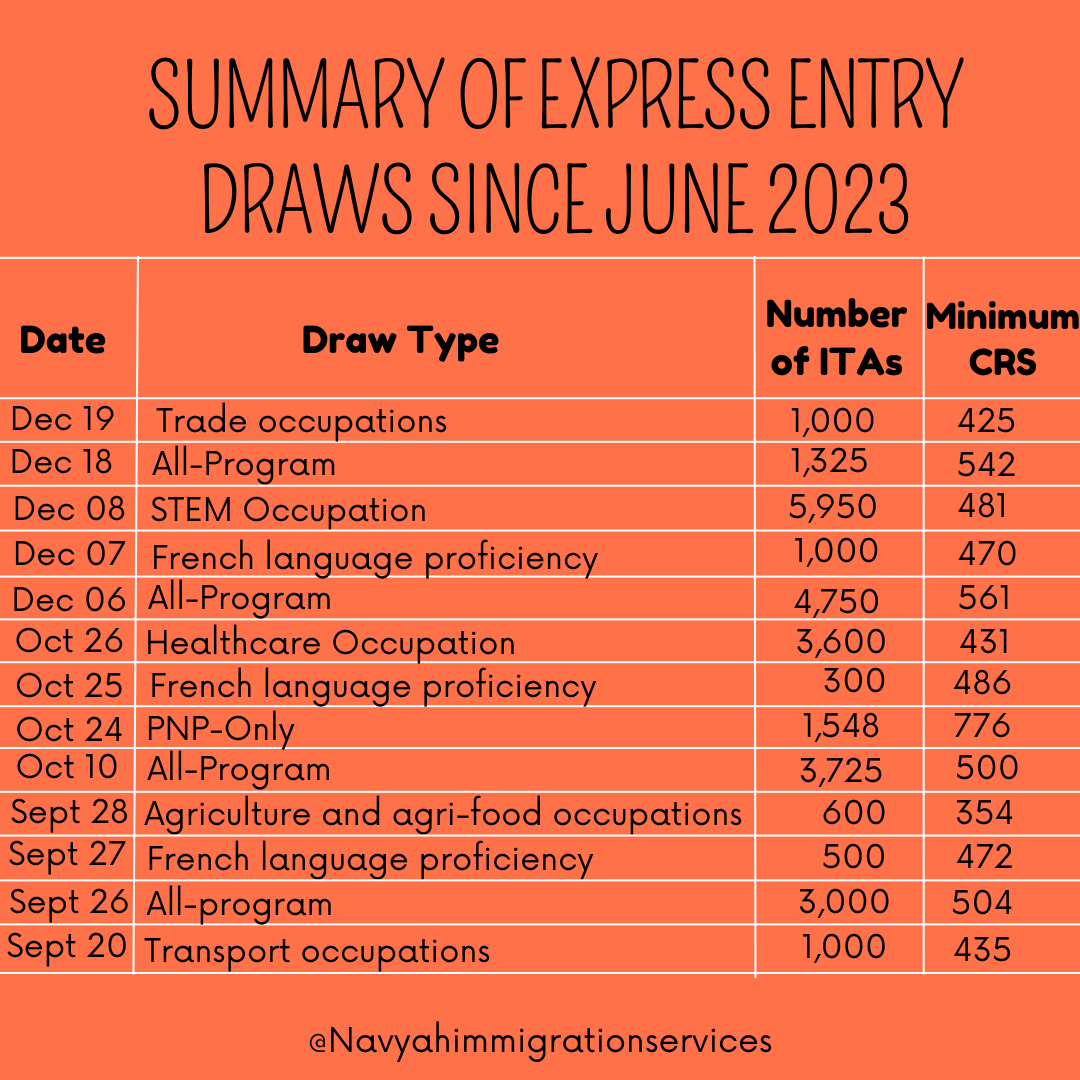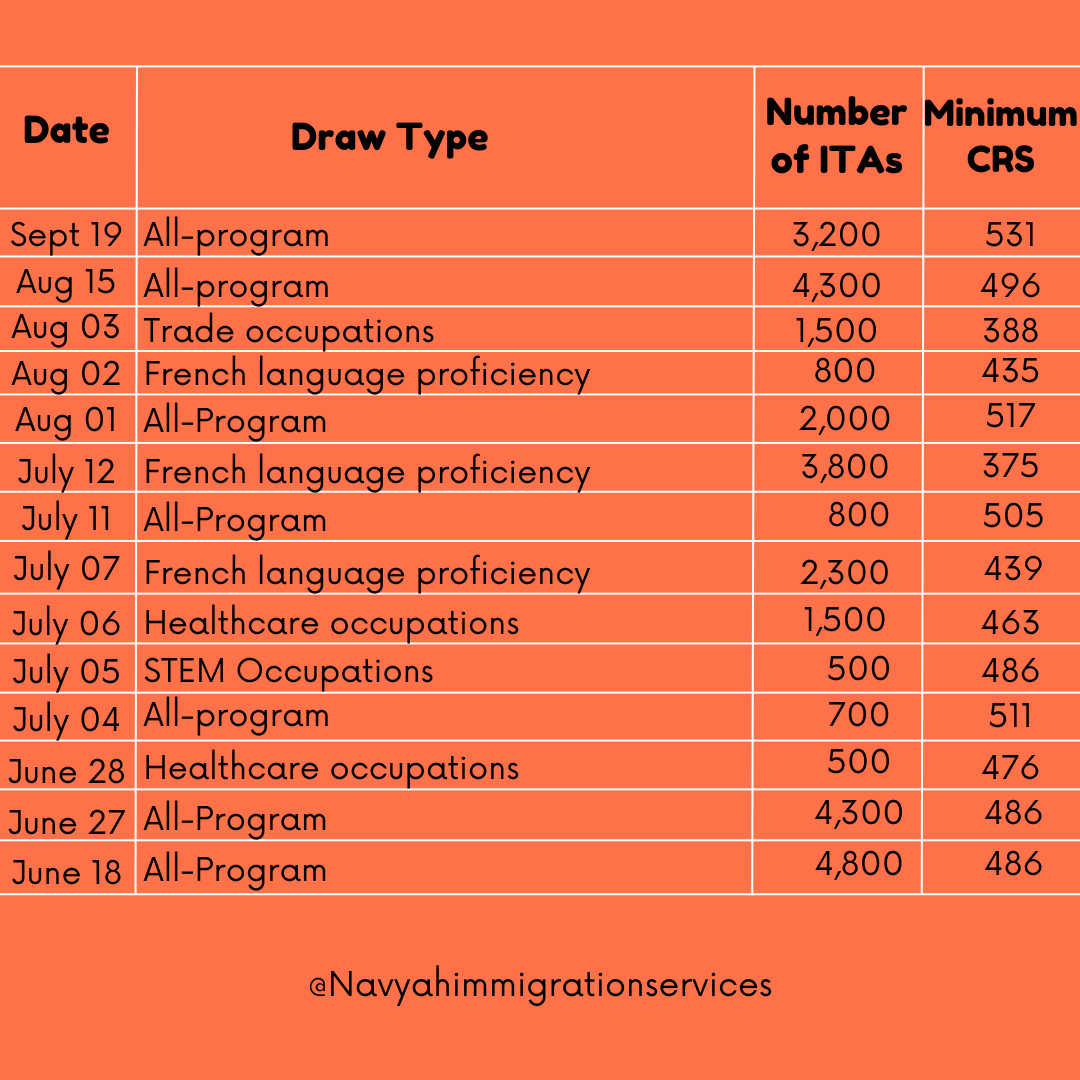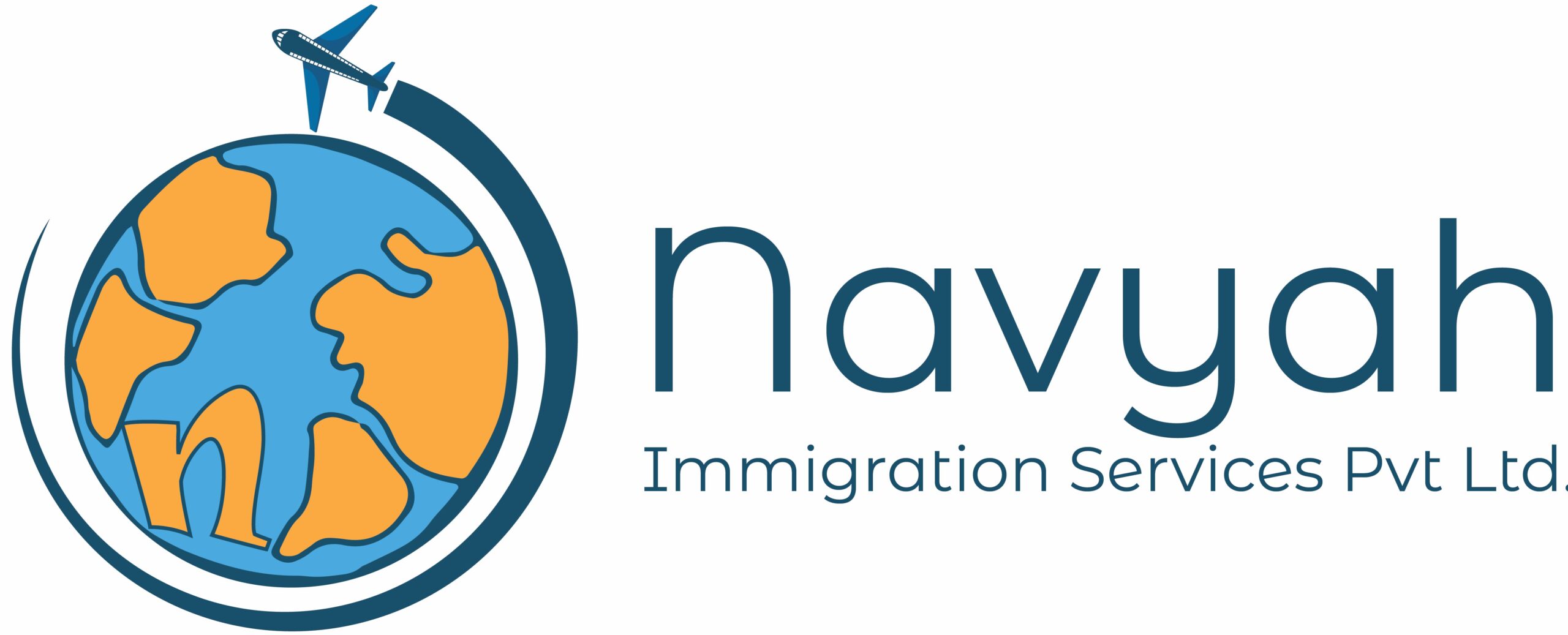2023 Express Entry year in review
2023 Express Entry has bought significant changes to Canada’s Express Entry application management system.
In the first half of 2023, Express Entry continued with many of the patterns established in 2022 following the resumption of Express Entry draws after an 18-months pause. Draws were either all-program, Provincial Nominee Program only or, in one instance, Federal Skilled Workers only.
Draws typically took place every two weeks, but sometimes occurred more frequently. Of note, Immigration Refugees and Citizenship Canada (IRCC) invited over 21,000 Express Entry candidates throughout four draws in March 2023. The second-highest number of Express Entry candidates ever invited in a month.
Category-based selection rounds of invitations
In May, IRCC introduced six new categories for Express Entry draws. This was expected following a change to the Immigrant and Refugees Protection Act (IRPA) in June 2022 that grants the immigration minister the authority to issue ITAs to candidates who have specific attributes, rather than an overall high CRS score.
The new categories target candidates who have attributes that help IRCC meet its mandates to promote French outside of Quebec and use immigration to strengthen Canada’s labour force and economy. The categories are:
- Healthcare
- Science, Technology, engineering and mathematics (STEM) professions
- Trades, such as carpenters, plumbers and contractors
- Transport
- Agriculture and agri-food
- Strong French proficiency
The first category-based took place on June 28 and invited 500 healthcare professionals to apply. Since then, IRCC has invited more than 16,000 Express Entry candidates through category-based selection.
Draw Types
Of the 42 draws in 2023Express Entry, the majority were all-program draws that considered candidates from the Federal Skilled Worker Program, Federal Skilled Trades Program and Canadian Experience Class. However, IRCC did not issue any ITAs to FSTP candidates in 2023 Express Entry.
In total, 19 Express Entry draws were all-program, 5 were PNP-only, one was FSWP-only and the remaining 17 were category-based selection draws.
CRS scores
Recent data from IRCC shows that most Express Entry candidates who received an ITA between January and September 2023 had a CRS score between 451-500 (26,070) and 11,640 had scores ranging from 501-600.
Another 12,590 had CRS scores between 900 and 1,200 (the maximum possible score). These were most likely candidates who had received a nomination through the PNP, which adds 600 CRS points to an existing CRS score.
Based on draw type, the lowest CRS for an all-program draw was 481 on March 29 when 7,000 candidates received ITAs. The highest was 561 on December 6 when 4,750 all-program candidates received ITAs.
Among candidates who received ITAs in draws for Provincial Nominee Program-only draws. The highest CRS score was 791 on February 15 in a draw for 699 candidates. The lowest was 691 on May 10 in a draw for 589 PNP candidates.
There was one draw from Federal Skilled Workers with a CRS of at lest 489 on February 2 for 3,300 candidates.
Among category-based selection rounds of invitations, the lowest score was for candidates in the only draw for agriculture and agri-food occupations with a score of 354 on September 28. IRCC invited 600 candidates to apply.
The highest score this year for a category-based occurred twice. On July,5 500 candidates in STEM occupations with a minimum score of 486 received ITAs. In October 25, 300 French-language proficiency candidates received ITAs in a draw with the same minimum score.
Frequency of draws
Between January and June, Express Entry draws regularly took place every two weeks, and sometimes every week.
Following the introduction of category-based selection draws, it becomes more difficult to predict when IRCC would issue ITAs. However, ministerial instructions shows that since July, there has been a trend towards one week each month in which three or four separate Express Entry draws between Tuesday and Thursday.
The highest volume of draws was in December when there were seven draws between December 6-21. The second highest volume was in five draws from July 4 to 12k. September also saw five draws over two weeks and there were four draws in October. Again, three of them took place within one week.
Draws were paused between October 26 and December 6, IRCC did not confirm a reason but there are many possibilities such as an ongoing IT glitch, staffing issues or if the department had already reached the Express Entry targets outline for the year in the Immigration Level Plan.
Summary of Express Entry draws since June 2023


Looking ahead to 2024
According to the recently released Immigration Levels Plan 2024-2026, Canada will admit 110,000 new permanent residents through Express Entry in 2024.
In 2023, IRCC targeted 82,880 Express Entry candidates for admission. Between the first draw of the year on January 11 and the December 21 draw, the department issued 110,266 ITAs.
This does not necessarily mean that all candidates will be admitted to Canada by the end of the year it can take up to six months for IRCC to process an Express Entry application. Many of the ITAs issued in 2023 will count as admissions in 2024.
Also, there is a possibility that the minister will change the current categories for category-based selection. This depends on the finding in IRCC’s yearly report to Parliament and feedback from IRCC stakeholders such as provincial and territorial government and settlement services.
These stakeholders are best placed to evaluate how Express Entry candidates integrate into the local labour force and economy and if they have been able to find employment in their field.
If the minister deems that the current categories do not fulfill IRCC’s mandate to invite the candidates most likely to support Canada’s economy, he may create a different set of categories.
